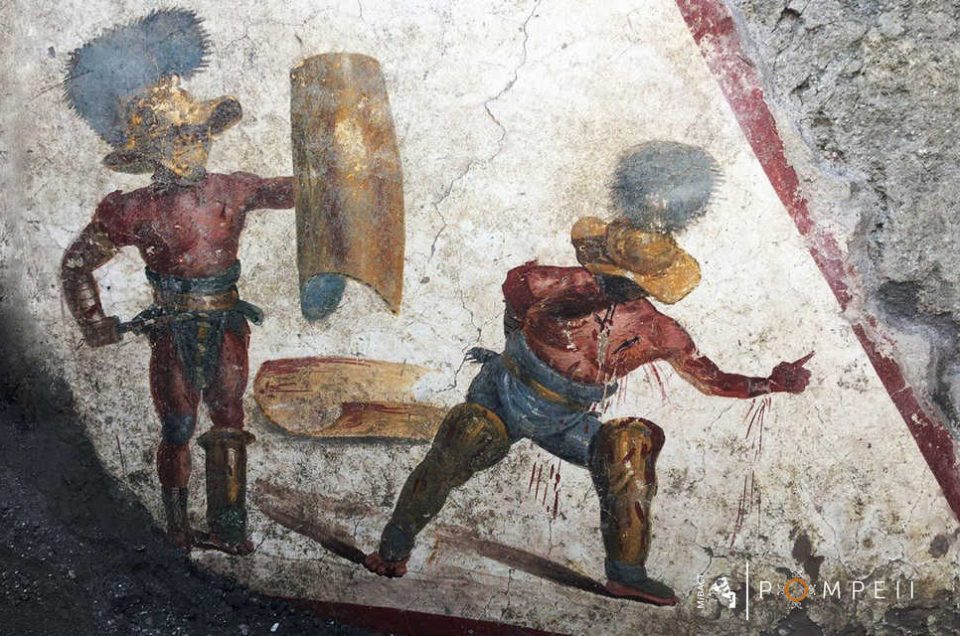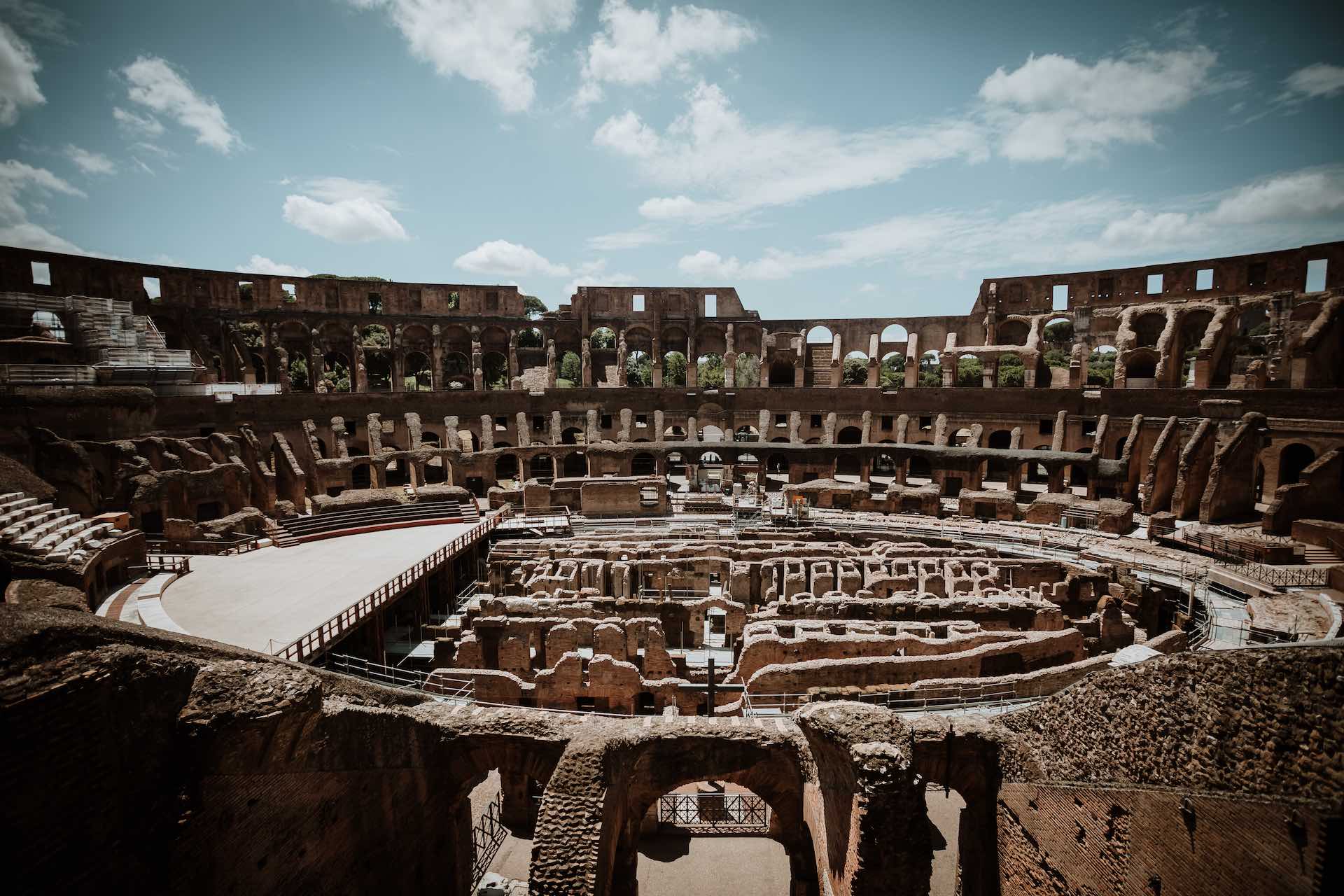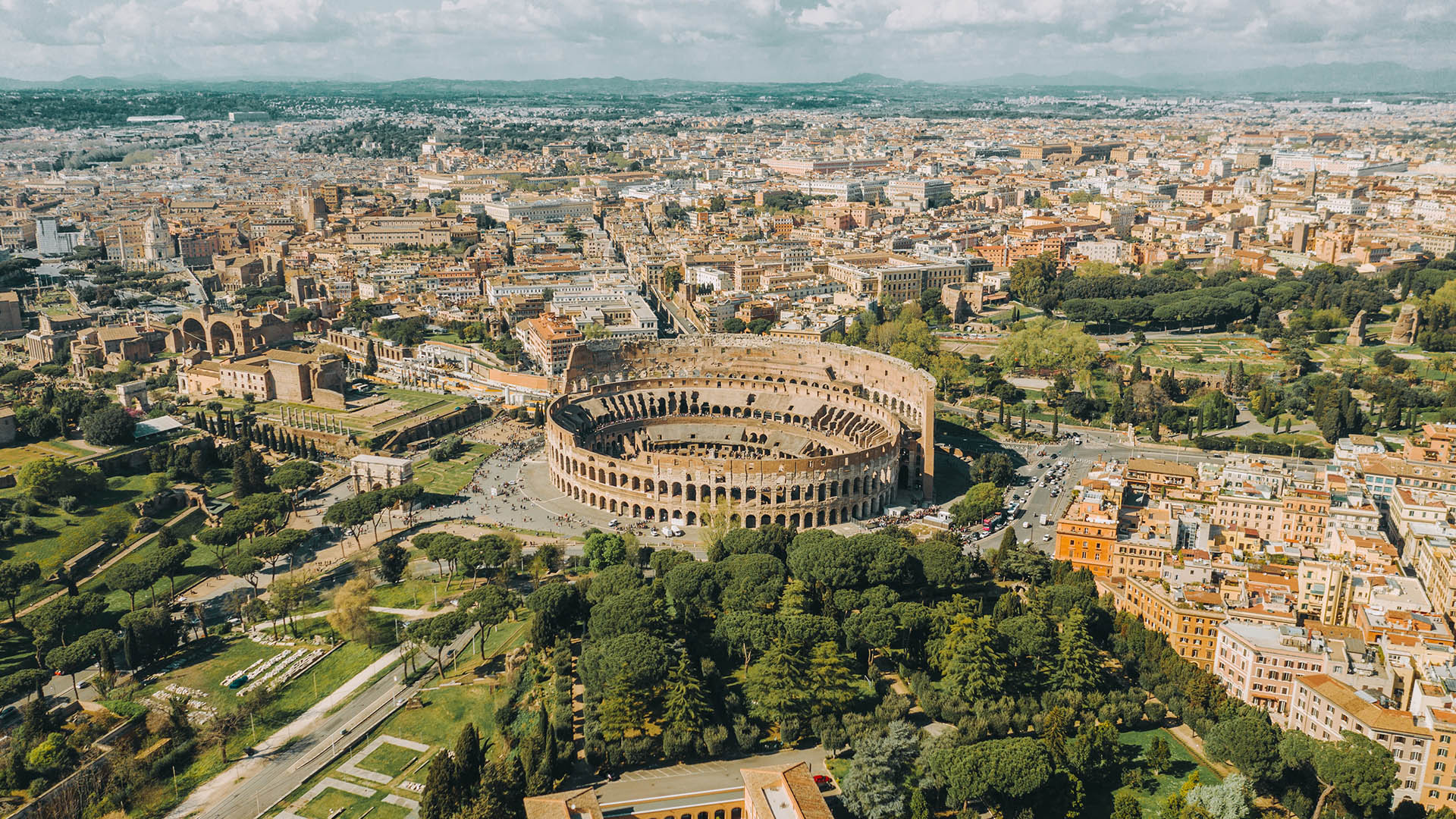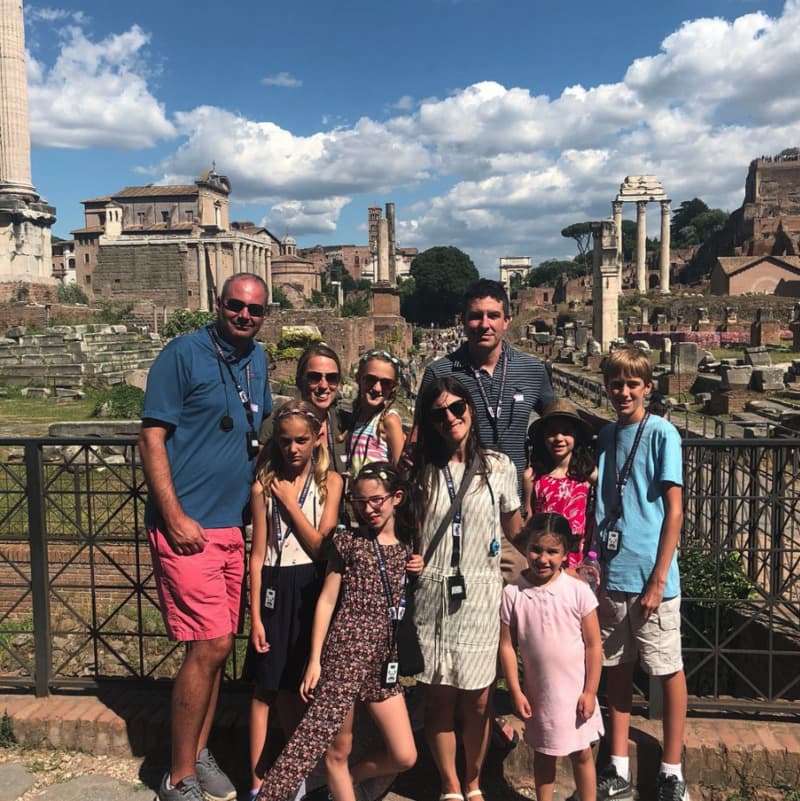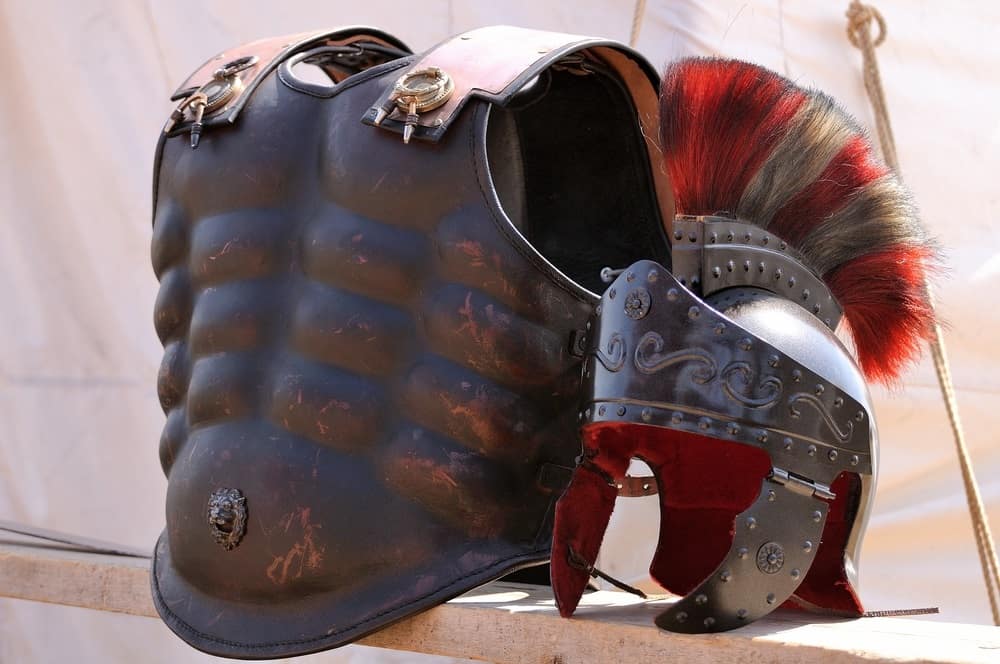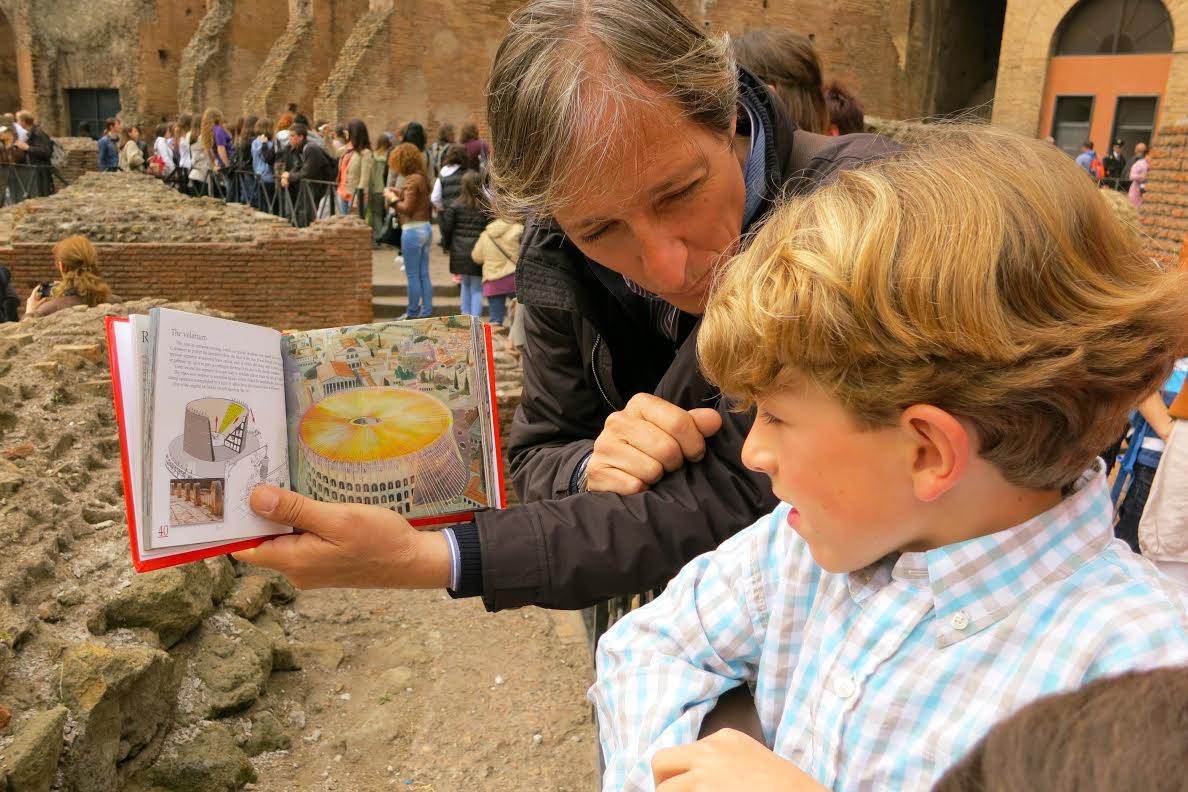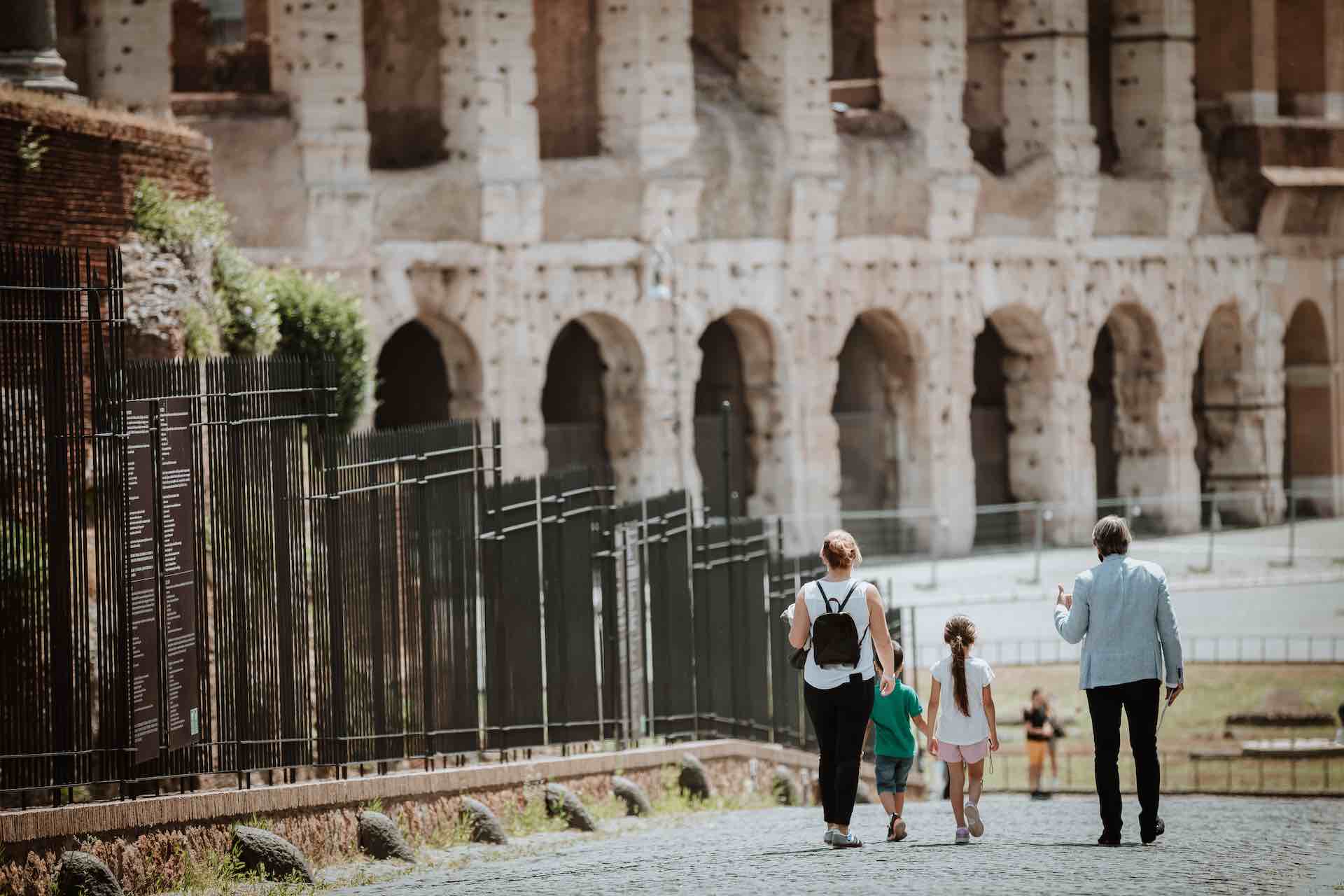A bloodied torso, shield thrown to his side, legs and chest covered in gashes, a gladiator leaning forward in a submissive position with his arm outstretched and thumb raised: this is a depiction of the end of a gladiatorial fight in which a badly injured gladiator asks to be spared while the victor stands besides him awaiting instructions on whether to spare his opponent’s life or kill him mercilessly, as the crowds often enjoyed.
The depiction above is from a well-preserved fresco from Pompeii discovered in 2019. It is part of a building that functioned both as a tavern and a brothel and was located near the barracks of the gladiators. A large amount of archaeological evidence regarding the life of a gladiator has been discovered from all over the Roman empire. They depict the violent leisure enjoyed by the people but also act as a poignant retelling of the lives of men who risked their lives to entertain the masses and rarely lived beyond the age of thirty.
Fascination with gladiators continues until this day but what do we know about the daily lives of these men who turned a bloodied sport into one of history’s greatest intrigues? We know about Spartacus’ famed rebellion against the empire and history enthusiasts and fans of the 2000s epic, Gladiator, would know that the emperor Commodus himself entered the arena to fight as a gladiator. But what do we know about where these men came from, where they lived and what they ate?
Who were the gladiators?
Gladiators were most commonly prisoners captured by the Romans from conquered territories who were then sold into slavery and trained for gladiatorial fights. Some of them were also condemned criminals who were sent to the arena to serve their death sentence, often by fighting wild animals without arms. There were others who chose the life of a gladiator in order to gain fame in the arena or to pay off their debts.
→ Take a tour to the famed Colosseum arena in our Private Colosseum & Ancient Rome Tour!
No matter their background, gladiators belonged to the lowest social standing and were looked upon with distaste and segregated from the general public, often even after their death. While being socially discriminated against did not make the life of a gladiator easy, as entertainers, the most skillful gladiators could earn widespread fame.
Gladiators were so popular that the Roman historian Tacitus complained that his students barely spoke of anything else!
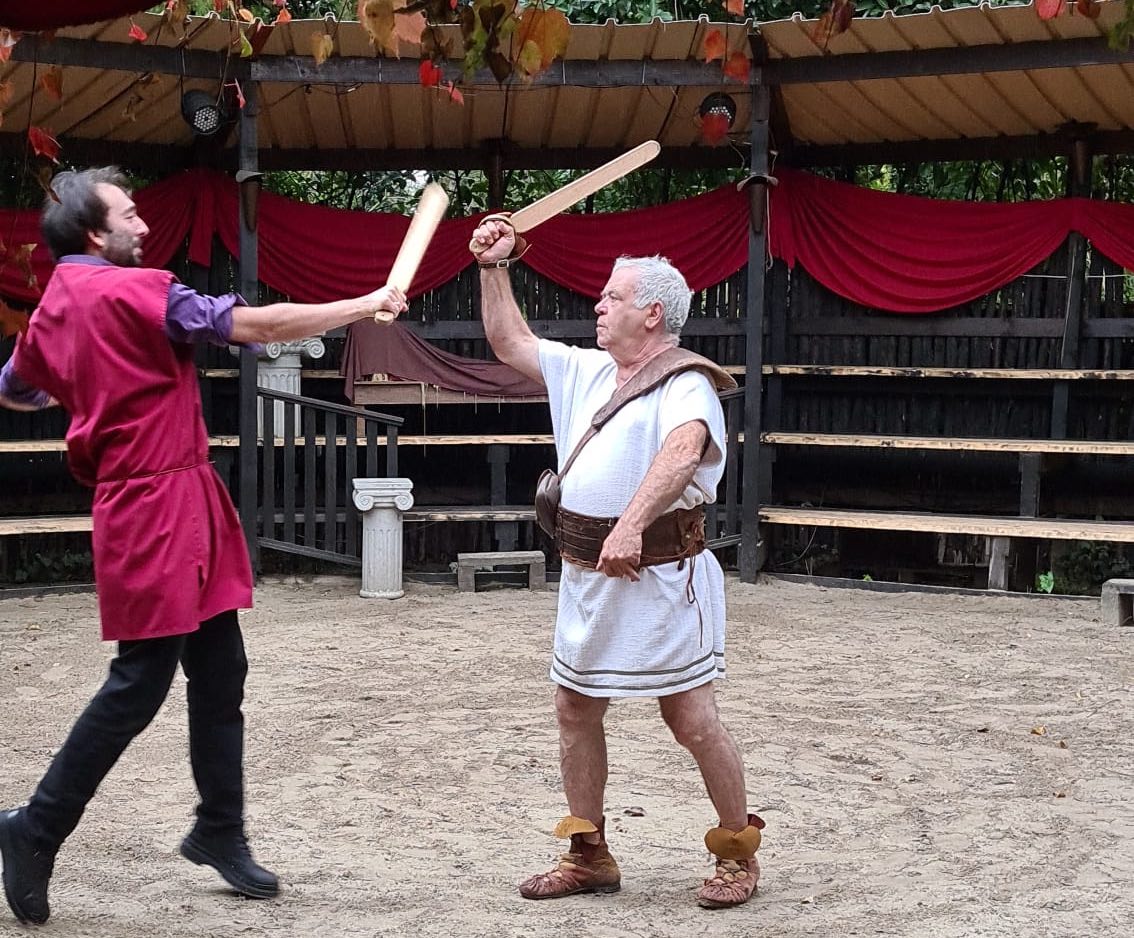
Gladiator School Private Classes
Where did the gladiators live?
The bleak lifestyle that the gladiators lived is evident from what Calpurnius Flaccus, a 2nd century orator had to say about them. He wrote: “There is no meaner condition among the people than that of the gladiator.” They lived in a training school called the ludus and were the property of the lanista, the owner of the school. They had to sign an oath stating that they would endure to be burned, to be bound, to be beaten and to be killed by the sword.
One of the most important gladiatorial schools was the Ludus Magnus at Rome, built by Domitian in the late 1st c. AD. It was the largest gladiatorial school in Rome and was where the best gladiators were admitted and trained. It was located east of the Colosseum, between the Esquiline and Caelian hills, where its remains can still be found.
What did the gladiators eat?
A gladiator’s diet was considered revolting to the public. Most of what we know about their diet comes from Galen, who worked as a physician at a gladiatorial school and extensively wrote about the life of gladiators in 2nd century Asia Minor. According to him, their standard diet consisted of beans and barley. The beans could be served as pudding along with peeled barley or watered down to form a thick bean soup.
Since this diet was extremely low in calcium, the gladiators drank a concoction of wood or bone ashes in vinegar which boosted their levels of calcium.
The diet of a gladiator was high in fat and their bodies were ‘flabby’ as described by Galen. Before a performance, they were given large amounts of food, drink and oil in order to fatten them up. The extra fat on the bodies of gladiators acted as a protective layer, keeping their internal organs safe from the swords of their opponents. The gladiators were also given regular massages by slaves in the gladiatorial schools and the staff included people with medical knowledge to cure the wounds that the gladiators regularly sustained.

A gladiator’s diet consisted of beans and barley
Gladiators who were condemned to death were given a final lavish meal called the cena libera. But according to the historian Plutarch who wrote about the Greek gladiators, instead of gorging themselves on food and indulging in other crude behavior, the gladiators chose to take care of their households one final time.
Bravery of the Gladiators
The life of a gladiator was wrought with hardships: their life expectancy was low, their living conditions were dreadful and they spent their days having to deal with various injuries, many of them life threatening. But when they entered the arena, they were brave men who gave their entire being to the fight. Nobody other than Cicero can describe so eloquently the bravery of a gladiator:
‘Just look at the gladiators, either debased men or foreigners, and consider the blows they endure! Consider how they who have been well-disciplined prefer to accept a blow than ignominiously avoid it! How often it is made clear that they consider nothing other than the satisfaction of their master or the people! Even when they are covered with wounds, they send a messenger to their master to inquire his will. If they have given satisfaction to their masters, they are pleased to fall. What even mediocre gladiator ever groans, ever alters the expression on his face? Which one of them acts shamefully, either standing or falling? And which of them, even when he does succumb, ever contracts his neck when ordered to receive the blow?’
→ With our private Colosseum Underground tour, visitors can wander through the labyrinth of passageways beneath the Colosseum while walking in the footsteps of the gladiators.
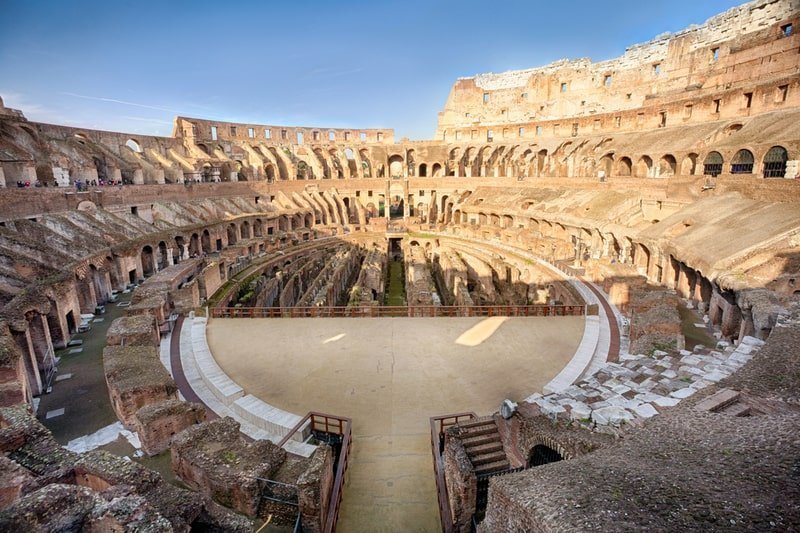
Colosseum arena and underground
Book a tour with Walks Inside Rome
At Walks Inside Rome, we provide a wide range of tours and experiences. The expertise of our guides in the history and archaeology of Rome provides you the opportunity to immerse yourself in the ancient culture of the city, alongside its modern delights.
You can book the tours directly online or by contacting us via email. We can’t wait to hear from you so we can customize your Roman experience and explore the Eternal City together!

